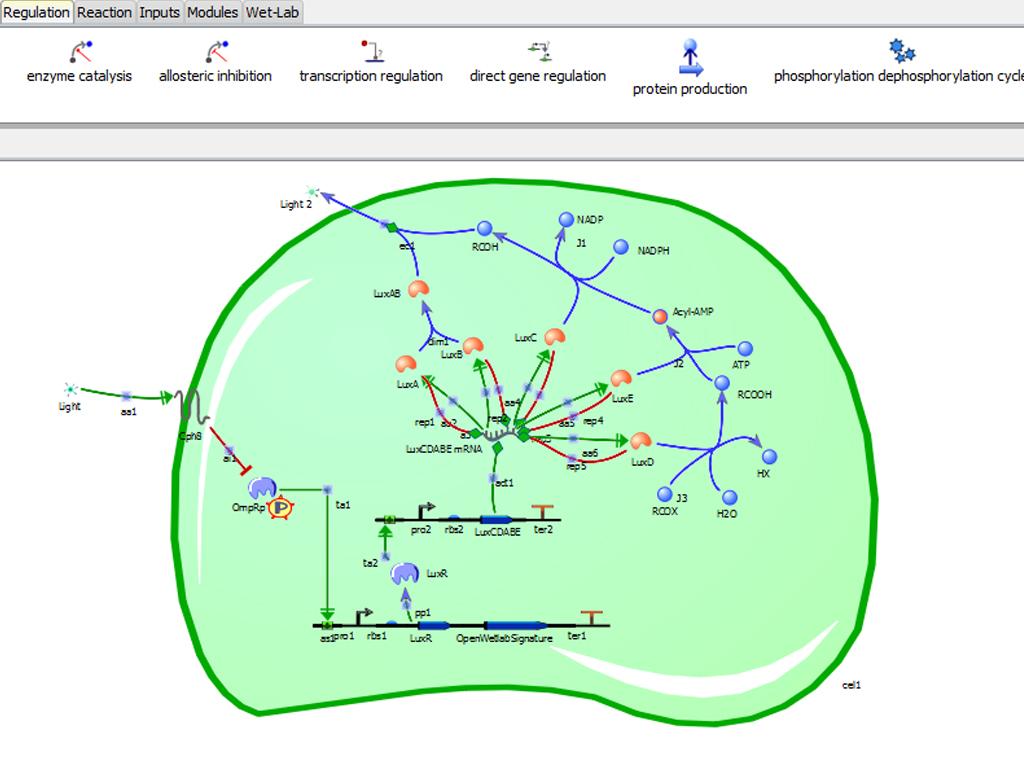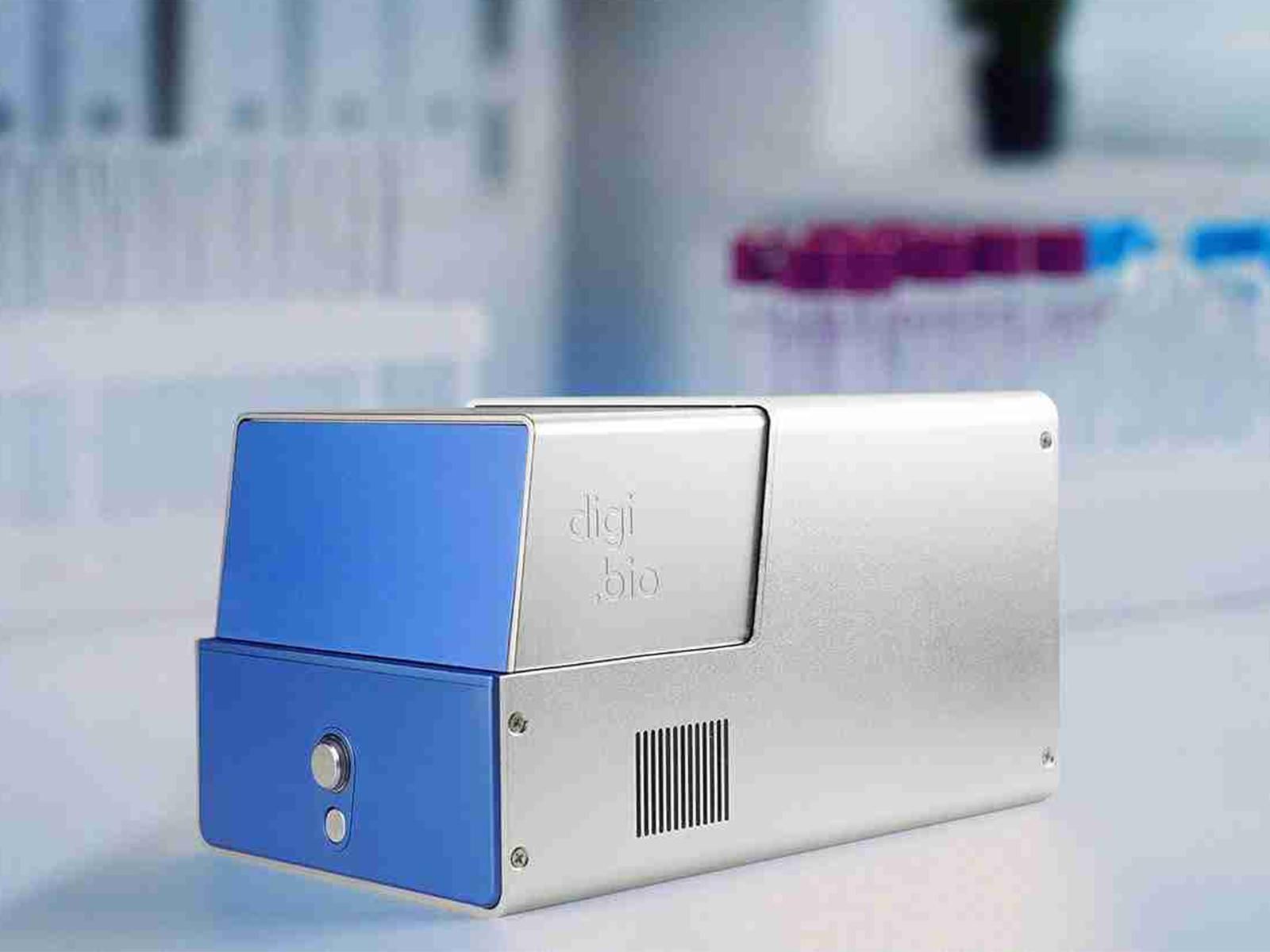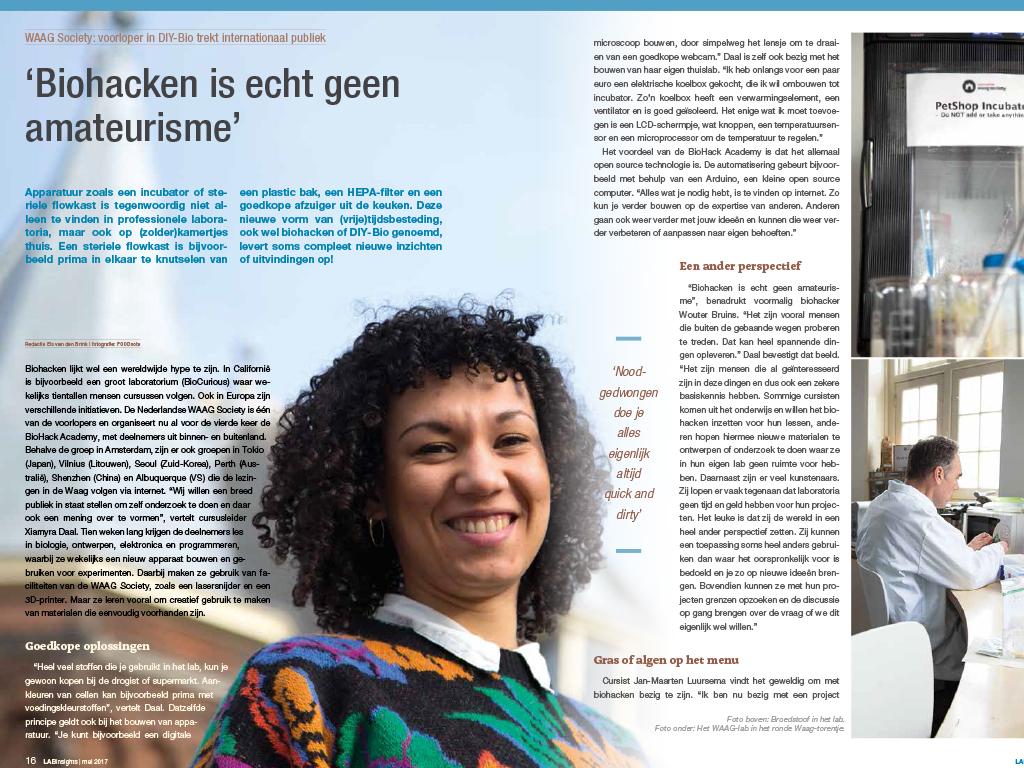The challenge of the 6th Do It Together Bio meetup can be summarized in one simple question: Can molecular genetics and biology be done on a computer? Our way of finding out was be giving it a try. So on Friday May 24 dozens of gathered in the Theatrum Anatomicum, armed with laptops, ready to reprogram cells, assembly synthetic DNA, sketch metabolic pathways and simulate cellular behavior.
This workshop extended up on the previous DOTBio meetup, during which competent cells were made. These living organisms were chemically treated in such a way that they easily accept new DNA. In order to do this, Lauren and Howard had to take the microbes back to their lab, due to strict EU regulations on transgenic organisms.
This workshop demonstrated what exactly Lauren and Howard are doing in their lab. Modern day computing has made it possible to simulate this process, without actually having a licensed lab. After a short introduction into the basics of biological engineering, the evening was spent on working with two tools: Gene Designer and TinkerCell.
Writing interactive genetic programs
Step by step, we loaded pieces of synthetic DNA from the Registry of Standardized Biological Parts into Gene Designer. Once assembled, this strand of specific A’s, T’s, G’s and C’s encodes for a gene that makes bacteria smell like bananas!
Next, this basic genetic circuit was wired up to a cell in TinkerCell. By dragging and dropping all components of light sensitive regulatory network, we were now able to simulate and predict the amount of molecules produced. This showed how interactive biological systems can be designed.
Reflection
Working with computers instead of pipettes in the lab introduces a new layer of abstraction. Just dragging and dropping cellular components on a canvas feels a bit harmless, but still most participants realized very well that there are many objections to performing process in real life. At the end of the evening a reflection on the technology brought up a lot of questions about regulations, safety and ethics. Who should be allowed to create a glowing plant? What impact does this technology have on intellectual property or society? The participants not only adjourned to the surround bars with newly acquired power, but also a new sense of responsibility.


